Plant Images.
These images highlight the powerful capabilities of our advanced camera systems, purpose-built for plant phenotyping. Discover how our technology provides precise, high-quality visual data, significantly improving your plant phenotyping research and analysis. Enhance your ability to monitor plant health and stress with our cutting-edge solutions in multispectral imaging.

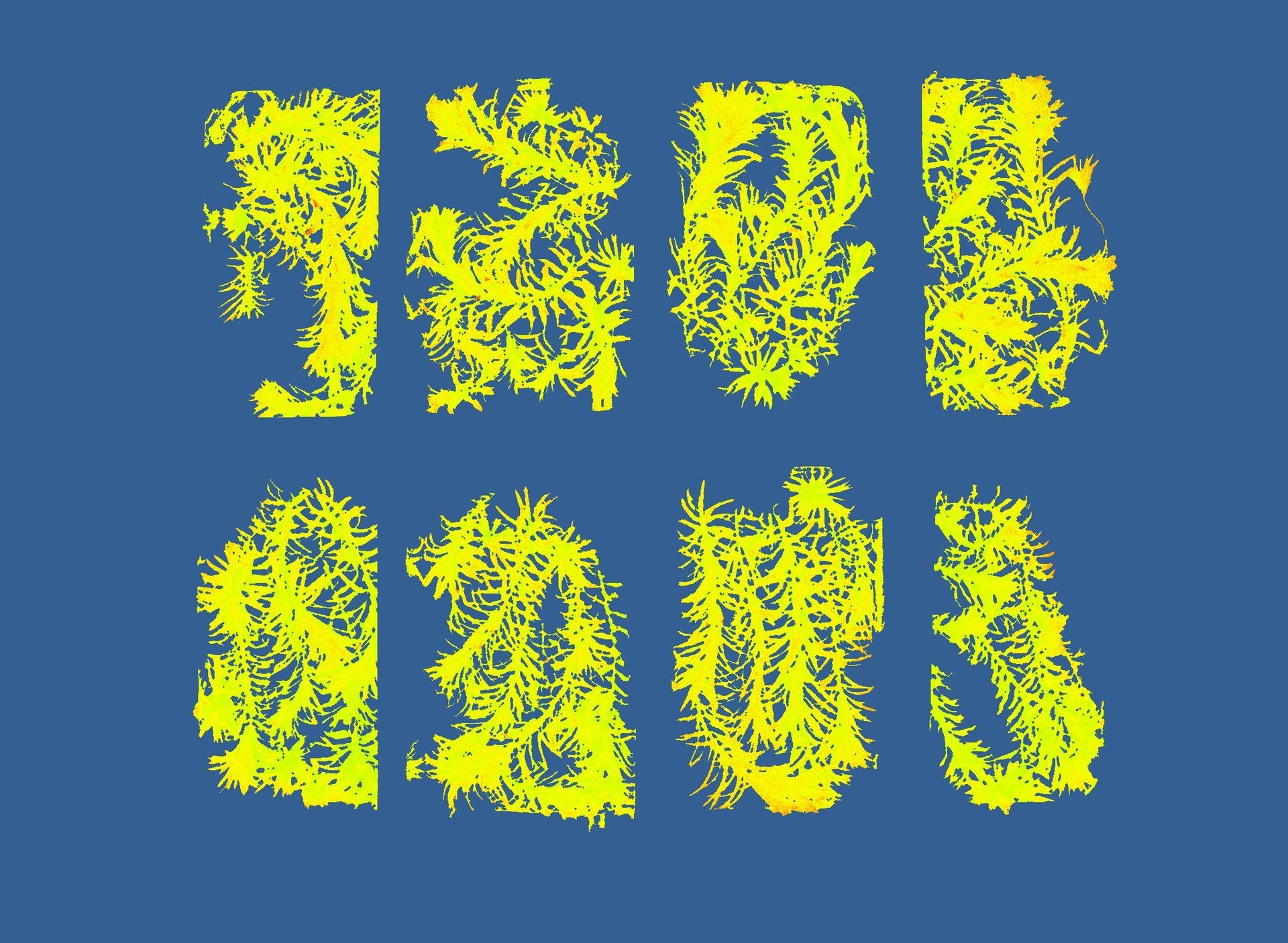
Exploring Photosynthesis — Even Underwater
Even when plant material is fully submerged, our system can accurately measure the photosynthetic efficiency (Fv/Fm) and multispectral reflectance of the plants. This allows for detailed monitoring of their physiological condition, even below the water surface.
These plants are grown in our PlantExplorer PRO EDEN, which provides a controlled and stable environment for continuous, hourly monitoring. By combining fluorescence and multispectral imaging, we can detect early signs of stress before visible symptoms appear, enabling a more precise understanding of stress tolerance and adaptation in aquatic species.
The Power of Fv/Fm Imaging Over Color Imaging
in this example we showcase the advantages of advanced plant phenotyping using multispectral imaging techniques.
By comparing a color image with an Fv/Fm (maximum quantum yield of PSII) image, we highlight how multispectral imaging can detect plant stress, such as drought, much earlier than traditional methods. While color imaging can show visible changes in plant health, it often misses the early indicators of stress. In contrast, Fv/Fm imaging reveals physiological changes at a much earlier stage, providing a faster and more accurate assessment of plant stress.
This advanced approach allows for timely interventions and improved crop management.
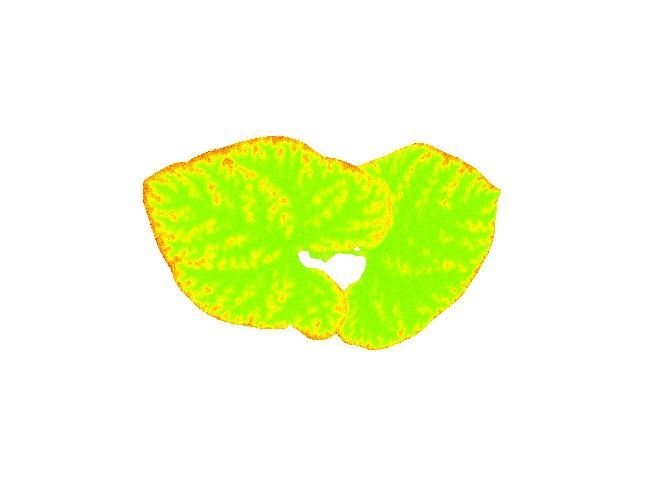

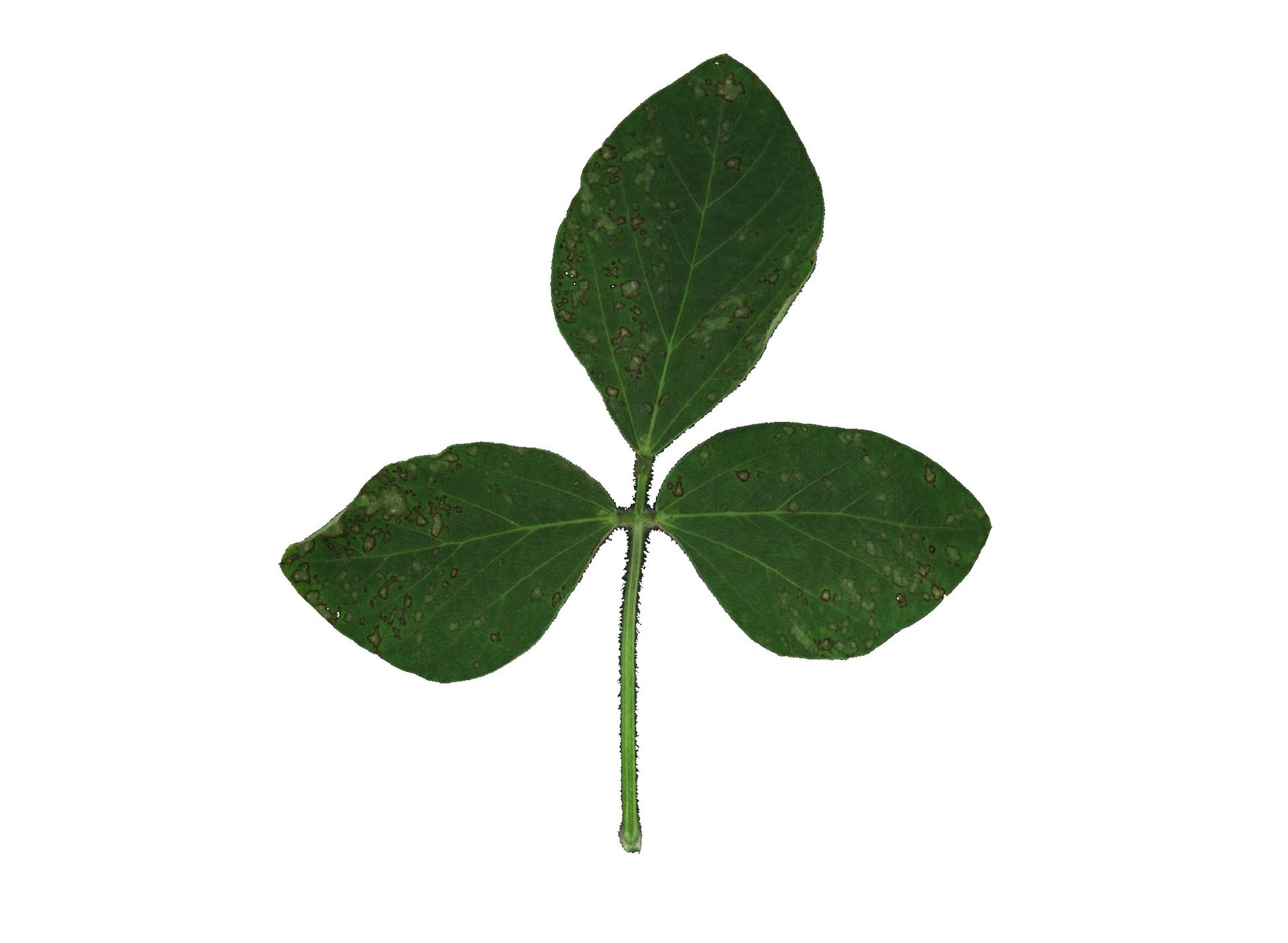

Early detection of damage
This soybean leaf has been infected by a fungal pathogen. While traditional color imaging can detect some visible signs of damage, it often falls short in providing a comprehensive assessment. By measuring the efficiency of photosynthesis, our advanced analysis tools can reveal the extent of the damage with far greater precision. This allows for early detection and more accurate monitoring of plant health.
Our Plant Phenotyping systems are designed to go beyond basic imaging. They measure a range of critical plant health parameters, including photosynthetic efficiency, chlorophyll content, and more. By doing so, we ensure that no sign of stress or damage escapes detection, enabling timely interventions and better crop management. With our technology, you gain a deeper insight into plant health, helping to protect and optimize your crops more effectively.
Efficiency of photosynthesis.
An increasing number of breeders and growers is starting to use imaging systems for assessing the quality or current stage of development of their products. Imaging systems are already being used for a variety of simple tasks, like sorting based on size, height, and width. Multispectral imaging, however, allows you to identify plants that perform poorly in photosynthesis or plant physiological parameters such as the chlorophyll index and anthocyanin index. These new parameters will accelerate breeding projects due to early assessment and more objective measurements. The image on the right shows the difference between a normal colour image and one displaying photosynthetic efficiency.
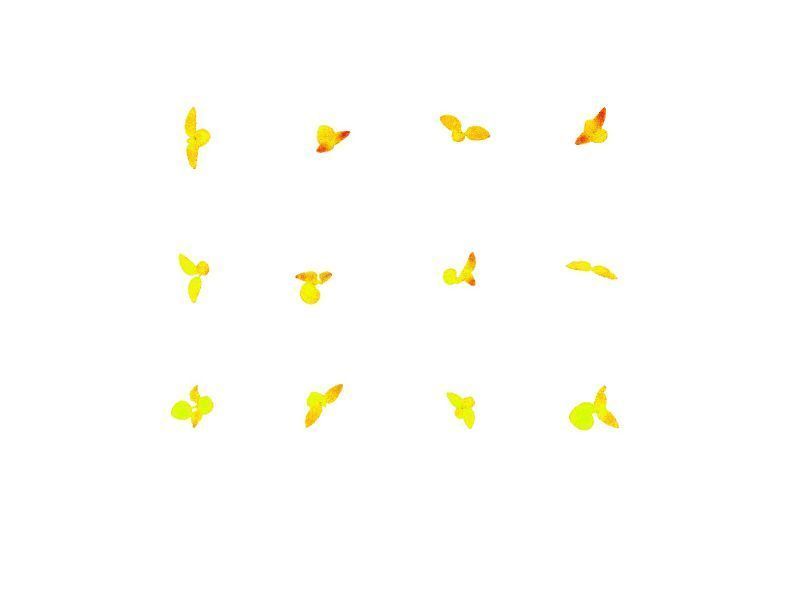

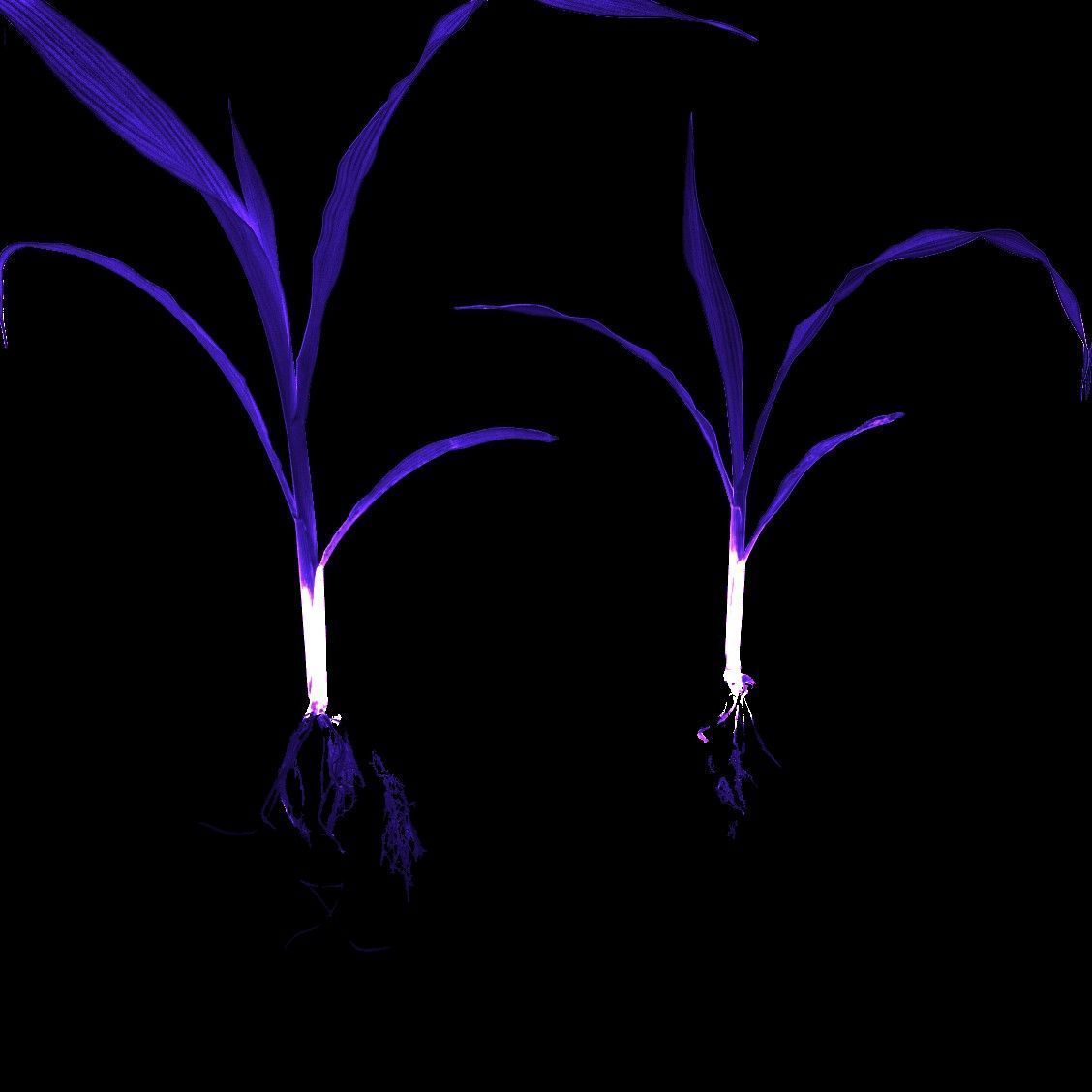

Digital Phenotyping.
Our advanced camera systems are designed to enable precise, accurate, and detailed measurement of a wide range of critical plant phenotyping factors, with a particular focus on anthocyanin content and chlorophyll content. Anthocyanins are vital pigments that serve as key indicators of plant stress, providing essential insights into how plants respond to environmental conditions. Monitoring anthocyanin levels helps researchers and agronomists identify early signs of stress, allowing for timely interventions to maintain plant health. Chlorophyll content, on the other hand, is directly linked to the plant's overall photosynthetic efficiency, a crucial aspect that determines the plant's ability to convert light into energy, thereby driving growth and productivity. By offering precise measurements of these factors, our camera systems play a pivotal role in comprehensive plant phenotyping, enabling scientists and agricultural professionals to optimize plant health, improve crop yields, and ensure sustainable agricultural practices. These capabilities are indispensable for anyone involved in advanced plant research or commercial agriculture, where data-driven decision-making is key to success.
Morphological assesment.
Visual assessments are often unreliable and dependent on who is doing the assessment. A better method is to measure these parameters with our camera systems so the following indices may me used for the morphological assessment: 'minimum circle', 'minimum rectangle', 'skeleton', 'convex hull' and 'pixel area '.
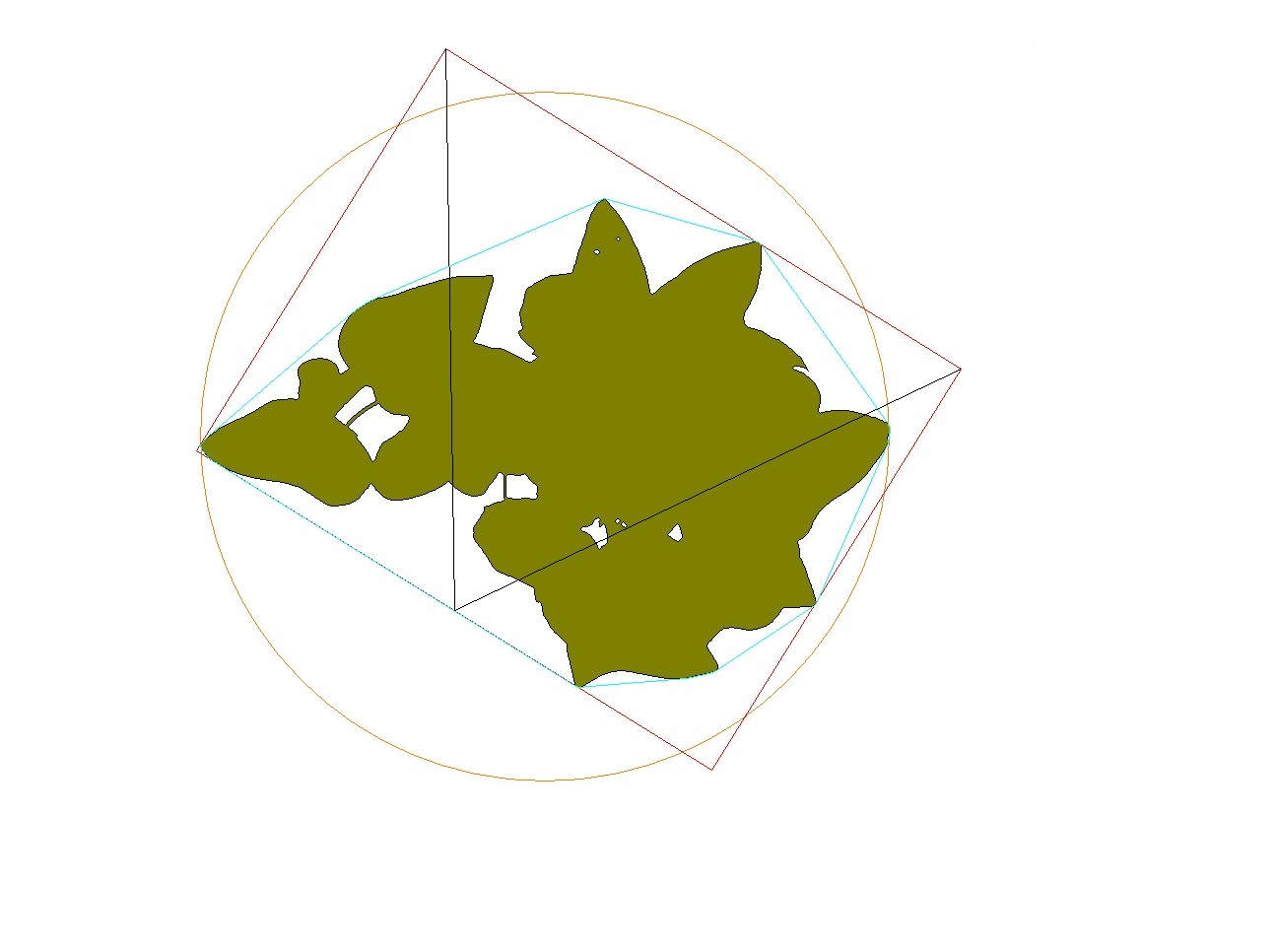
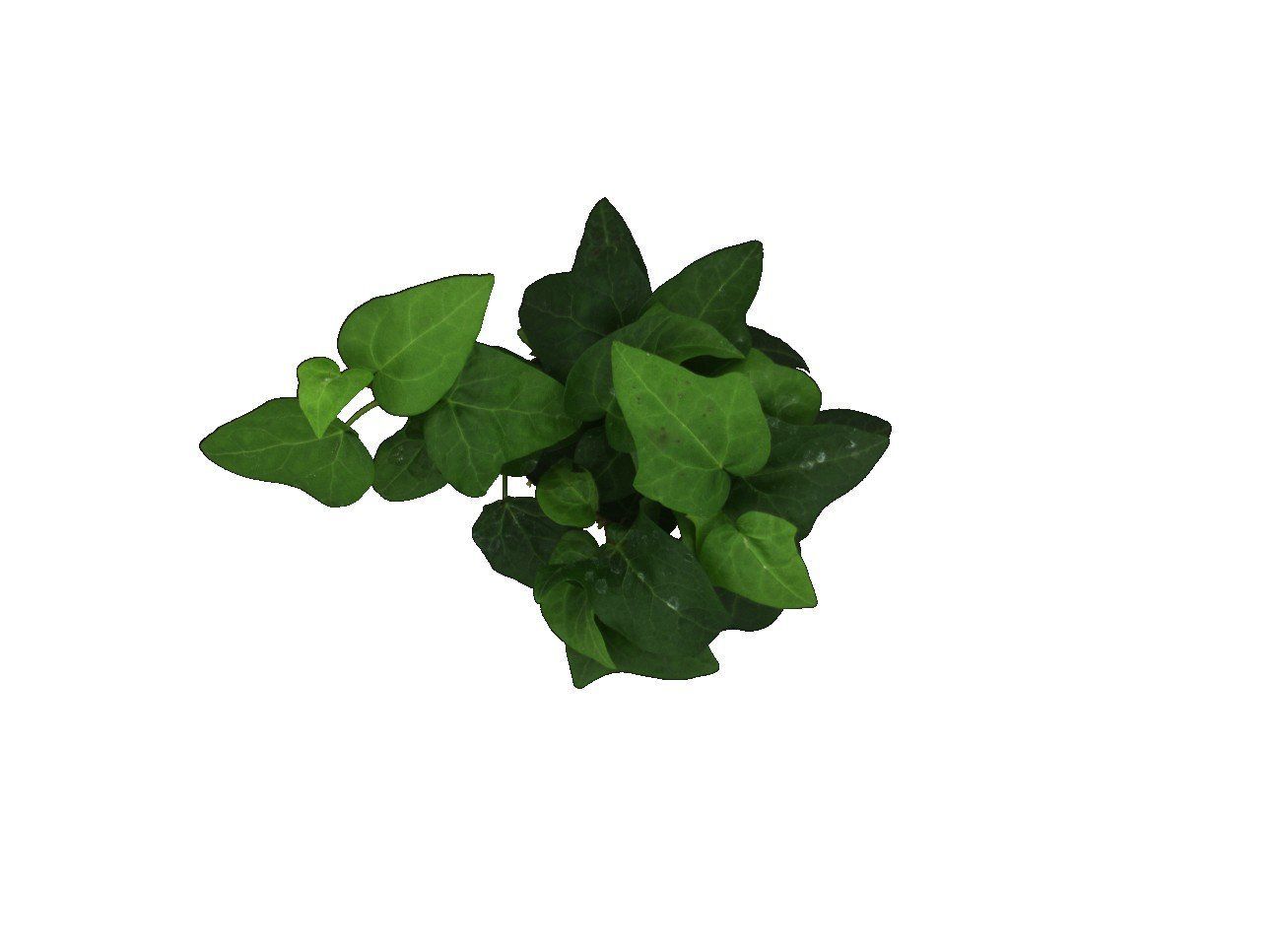
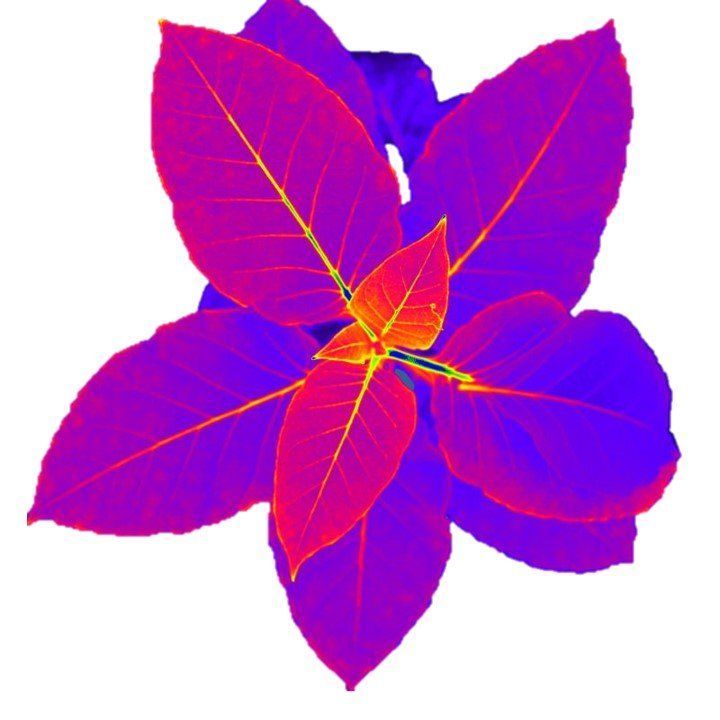
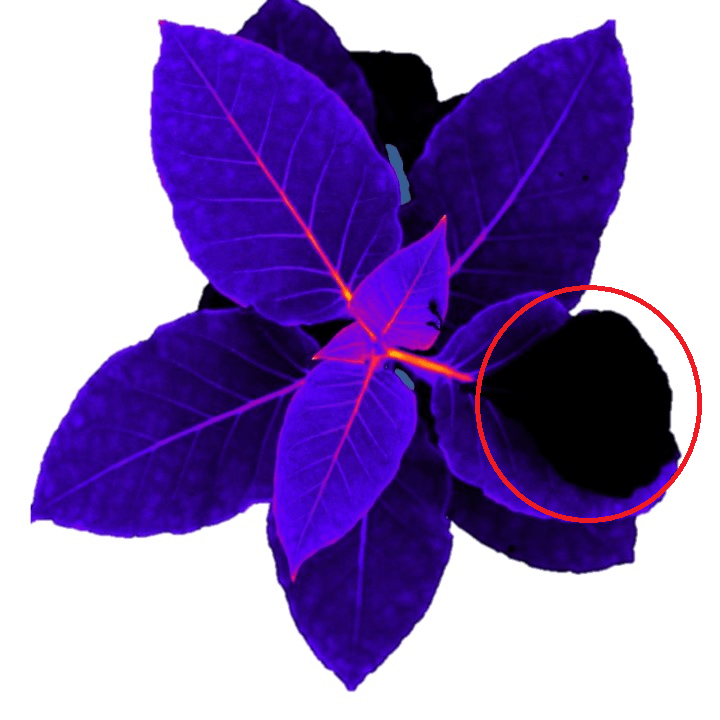
Correction for auto-fluorescence.
An increasing number of breeders and growers is starting to use imaging systems for assessing the quality or current stage of development of their products. Imaging systems are already being used for a variety of simple tasks, like sorting based on size, height, and width. Multispectral imaging, however, allows you to identify plants that perform poorly in photosynthesis or plant physiological parameters such as the chlorophyll index and anthocyanin index. These new parameters will accelerate breeding projects due to early assessment and more objective measurements. The image on the right shows the difference between a normal colour image and one displaying photosynthetic efficiency.
Do you have a question?
We are here to answer all your questions. Don't hesitate to contact our experts to find out everything about photosynthesis, color imaging and everything in between.


